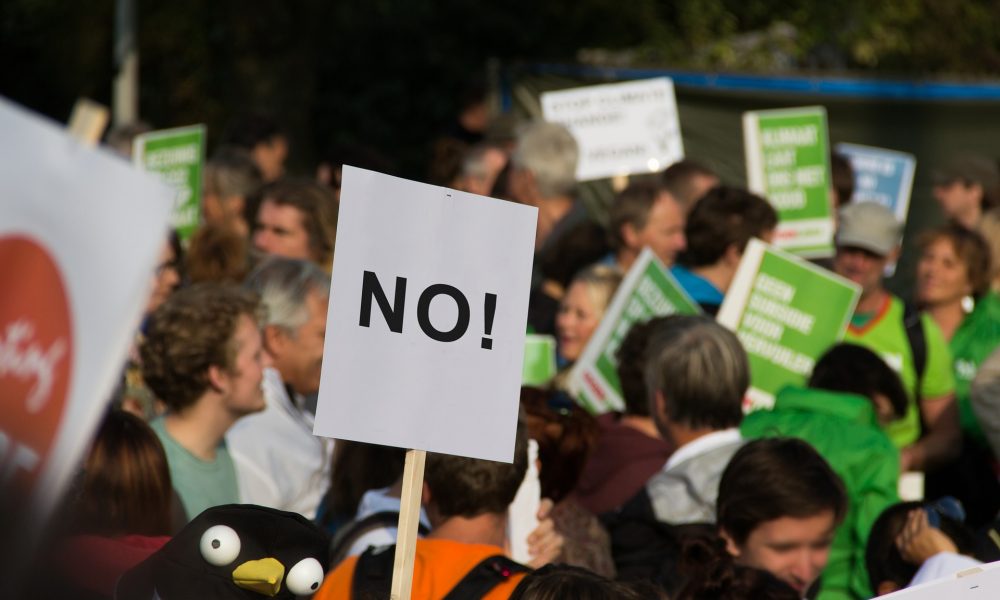Bitcoin
Bitcoin’s ‘stacking sats’ movement best form of protest: Kraken’s Pierre Rochard

The economic situation in various countries around the world is extremely fragile at the moment. Protests in places like Venezuela and the anti-extradition bill protests in Hong Kong have reached new heights. However, with increasing civil unrest, the population of these countries is also slowing veering towards virtual assets, a development highlighted by a noticeable rise in trading volume for Bitcoin.
On a recent interview with Block TV, Pierre Rochard, Bitcoin evangelist at Kraken and Founder of Bitcoin Advisory, explained how these protests against the government could substantially improve Bitcoin adoption.
According to Rochard, the inflation situation in several countries is only benefiting ‘crony’ banking institutions which have link-ups with political parties. By printing new currency and extracting resources, these financial institutions have the edge in the inflation scenario, whereas others are on the wrong side of the situation and face a declining living standard. He said,
“So that’s why they’re out in the streets and protesting this corruption. If they were on the Bitcoin standard, these political elites would not be able to create more Bitcoin, right? They would have to face the fact that the people run Bitcoin full nodes and are thus able to, uh, make sure that they’re not getting scammed by their government.”
While stressing that violent protests are not the best solution in these cases, Rochard stated that stacking sats is the best form of protest in the fight against the fiat system. If more and more people boycott fiat monetary operations and start adopting Bitcoin, it would eventually lead to more change, he said.
A higher number of users stacking sats would see the fiat system crumble, and the people left on the wrong side of the economy would be the corrupt politicians and crony central bankers who extracted national wealth under illicit practices, Rochard claimed.
He added,
“So it’s just a matter of getting a critical mass of people participating. I’d argue we’re already there.”

